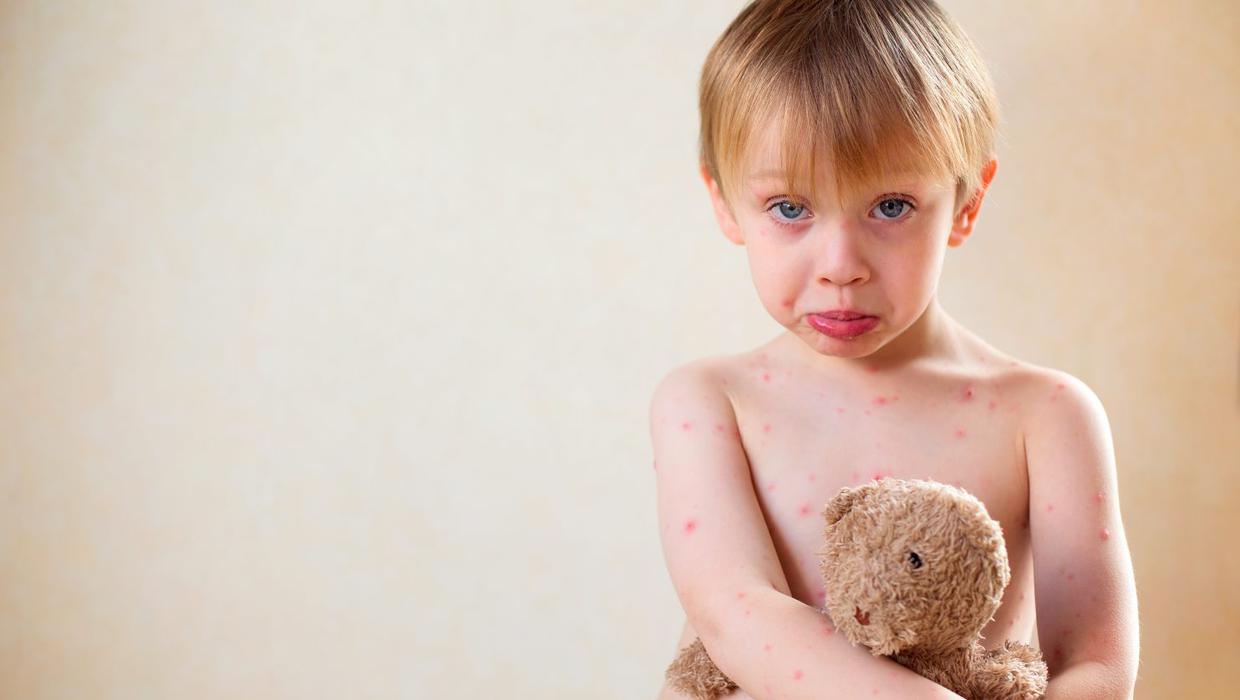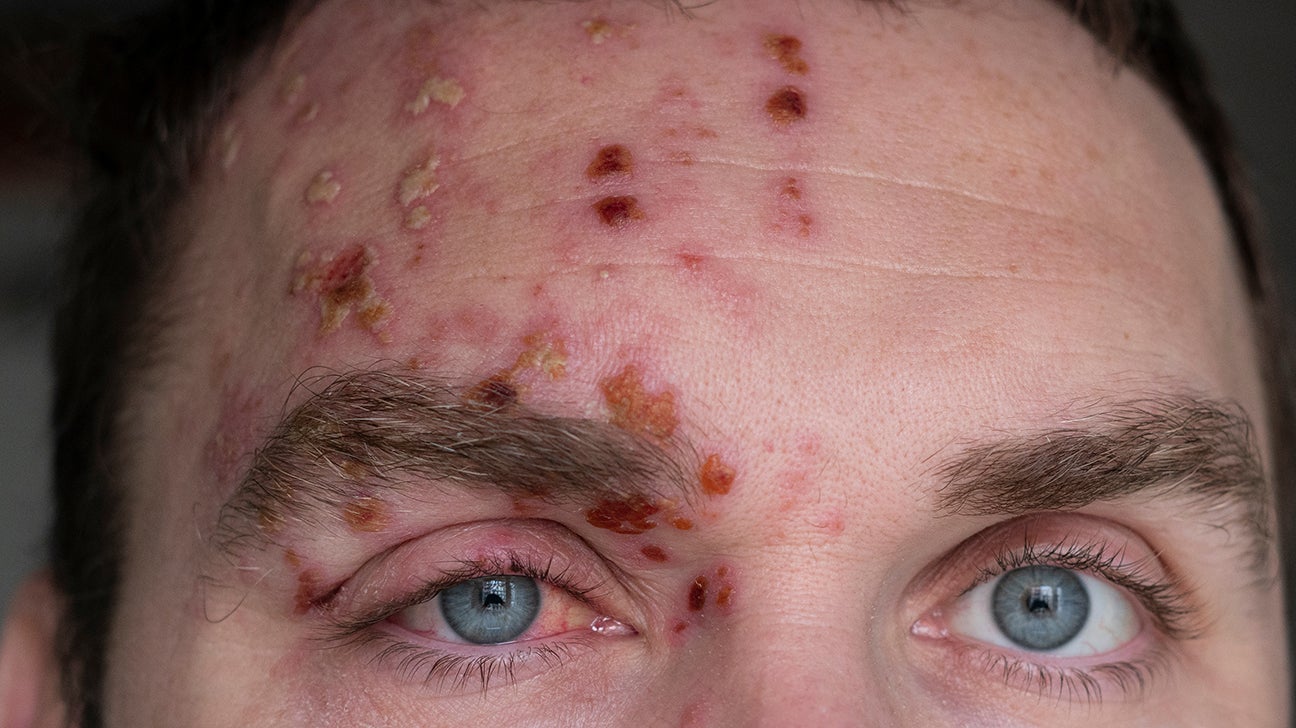Chickenpox, also known as varicella, is a highly contagious viral infection that is characterized by the development of a rash on the skin. It is caused by the varicella-zoster virus (VZV) and is most common in children, although it can occur in adults as well.
Symptoms of chickenpox typically appear 10-21 days after exposure to the virus and may include:
Fever: A fever is one of the earliest signs of chickenpox and may range from mild to high.
Rash: The most distinctive symptom of chickenpox is the development of a rash on the skin. The rash usually appears first on the chest, back, and face and then spreads to the rest of the body. The rash consists of small, red bumps that blister and become itchy. The blisters eventually burst and form scabs.
Itching: The blisters and rash associated with chickenpox can be extremely itchy, which can be a source of discomfort for those infected.
Fatigue: Many people with chickenpox experience fatigue and a general feeling of being unwell.
Loss of appetite: Some people with chickenpox may lose their appetite or have difficulty eating due to the discomfort associated with the rash and blisters.
Headache: Some people with chickenpox may experience a headache.
Sore throat: A sore throat may also be present in some people with chickenpox.
Cough: A cough may also be present in some people with chickenpox.
Treatment for chickenpox typically involves the use of medications to reduce symptoms and prevent complications. These may include:
Antiviral medications: These medications can help reduce the severity and duration of chickenpox. They are most effective when started within the first 48 hours of the onset of symptoms.
Pain relievers: Over-the-counter pain medications, such as acetaminophen or ibuprofen, can help alleviate the discomfort associated with the rash and blisters.
Topical creams: Topical creams, such as calamine lotion, can help soothe the itching associated with the rash.
Oatmeal baths: Oatmeal baths can also help soothe the itching associated with the rash.
Cool compresses: Applying cool compresses to the affected areas can also help alleviate itching.
It is important to keep the affected areas clean and dry to prevent secondary infections. Loose-fitting clothing can also help reduce irritation.
While chickenpox is generally a mild illness, it can be more severe in certain individuals, such as newborns, pregnant women, and those with compromised immune systems. Complications of chickenpox may include pneumonia, encephalitis (inflammation of the brain), and sepsis (a potentially life-threatening condition caused by infection).
Vaccination is the most effective way to prevent chickenpox. The chickenpox vaccine is recommended for all children and is typically given in two doses. The first dose is given at 12-15 months of age, and the second dose is given at 4-6 years of age. The vaccine is also recommended for adults who have not had chickenpox or who have not been vaccinated.
In conclusion, chickenpox is a viral infection characterized by the development of a rash on the skin. Symptoms may include fever, rash, itching, fatigue, loss of appetite, headache, sore throat, and cough. Treatment typically involves the use of medications to reduce symptoms and prevent complications. Vaccination is the most effective way to prevent chickenpox.

 Home
Home Health
Health Diet & Nutrition
Diet & Nutrition Living Well
Living Well More
More












